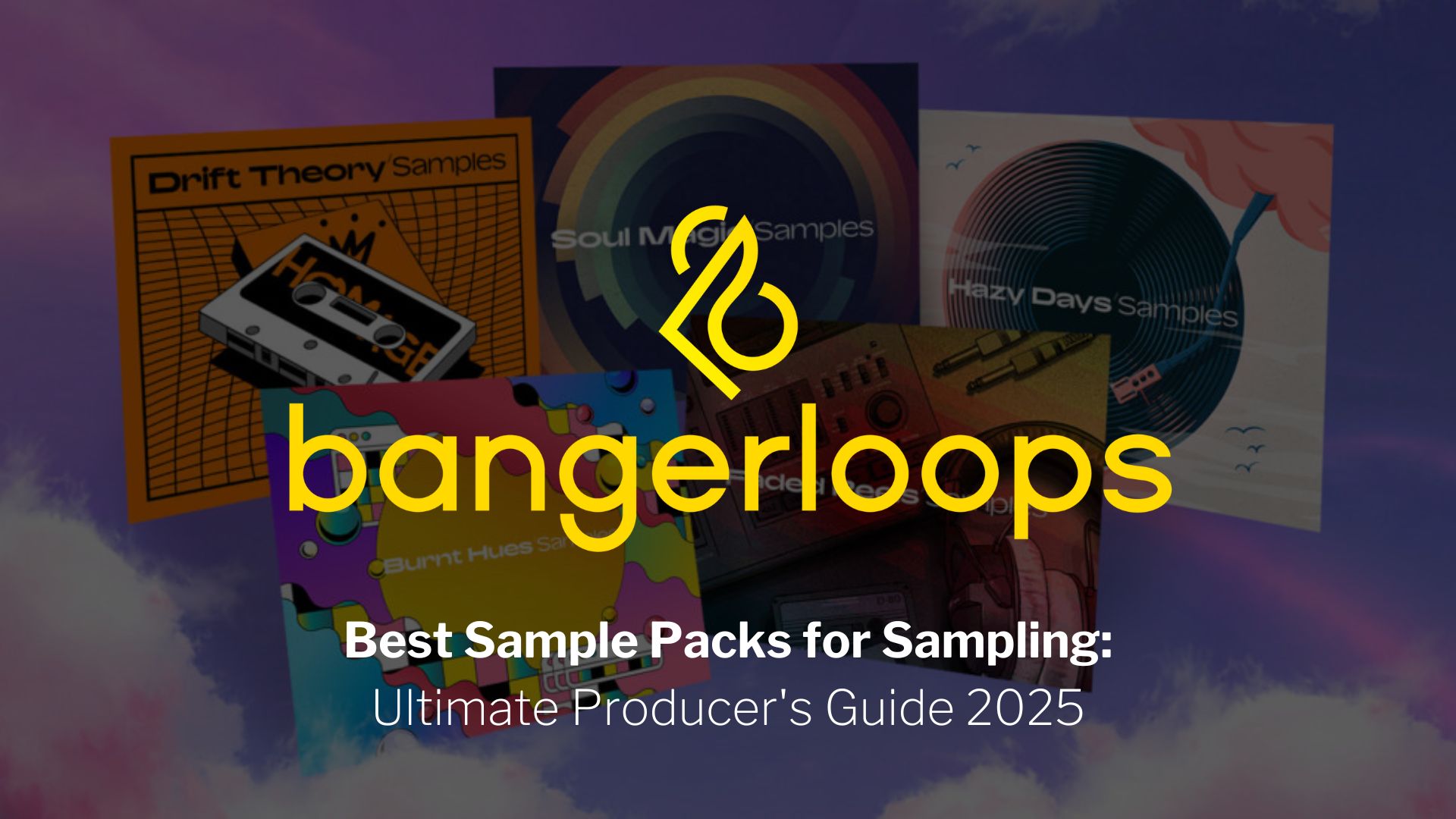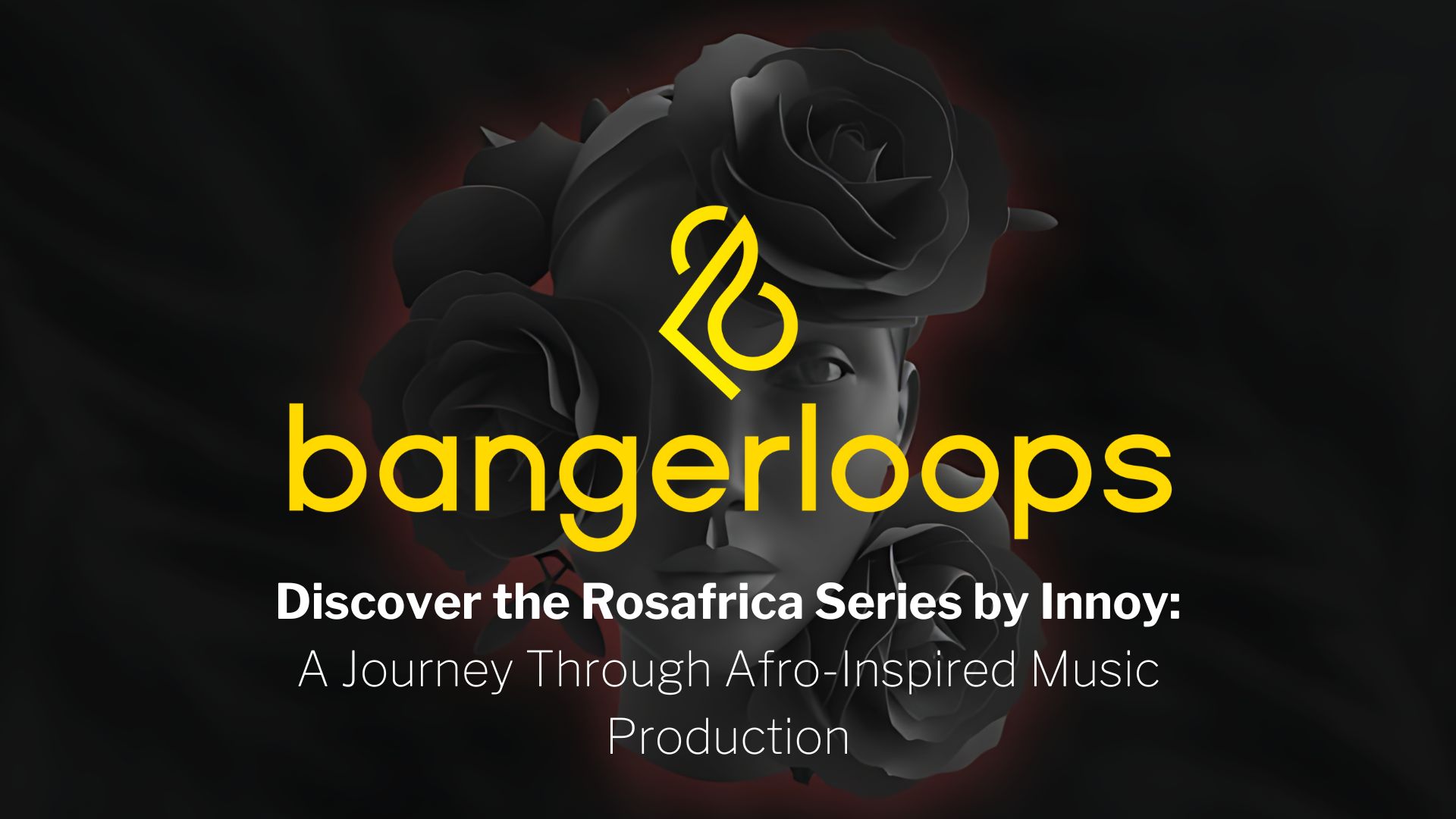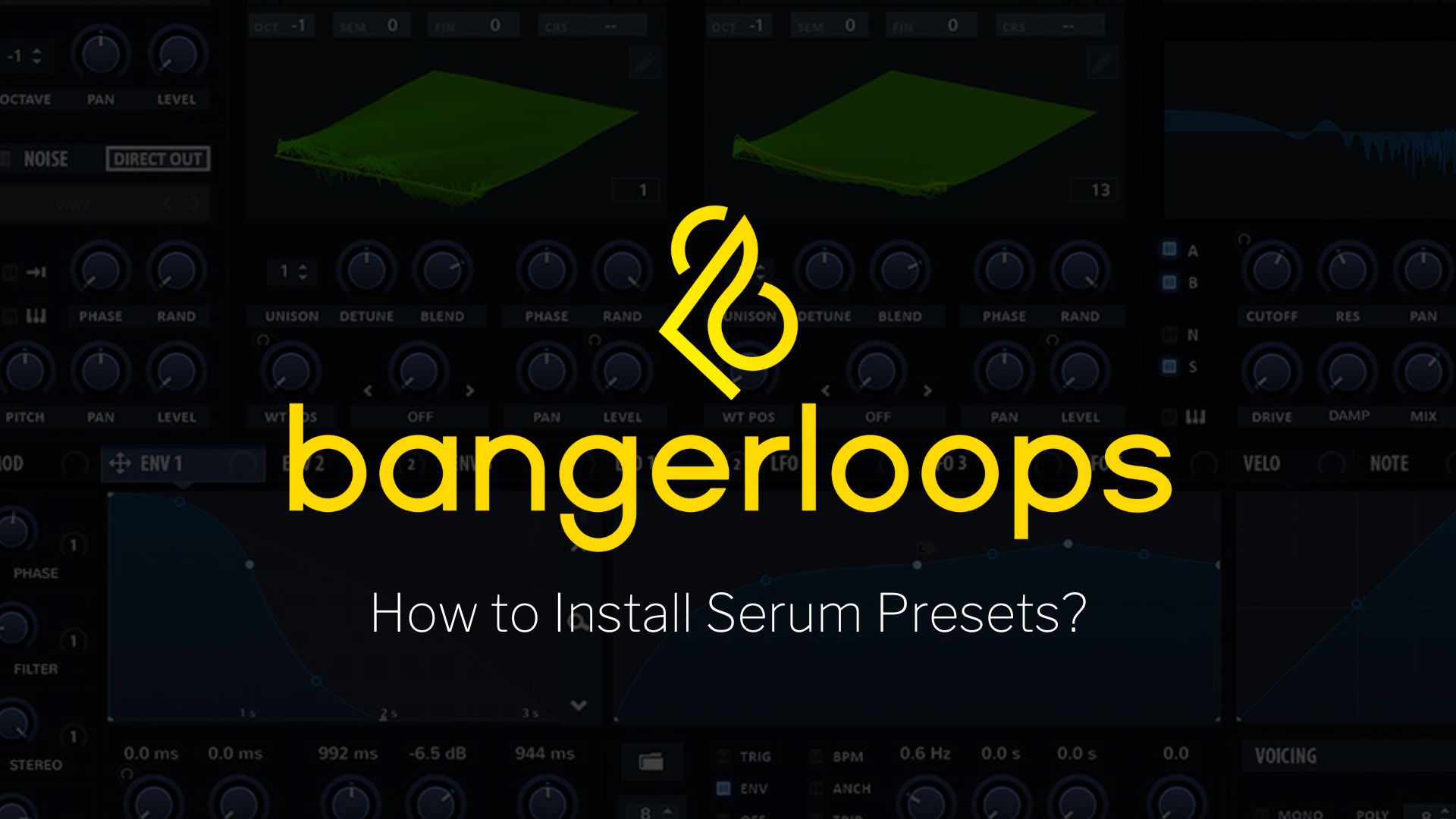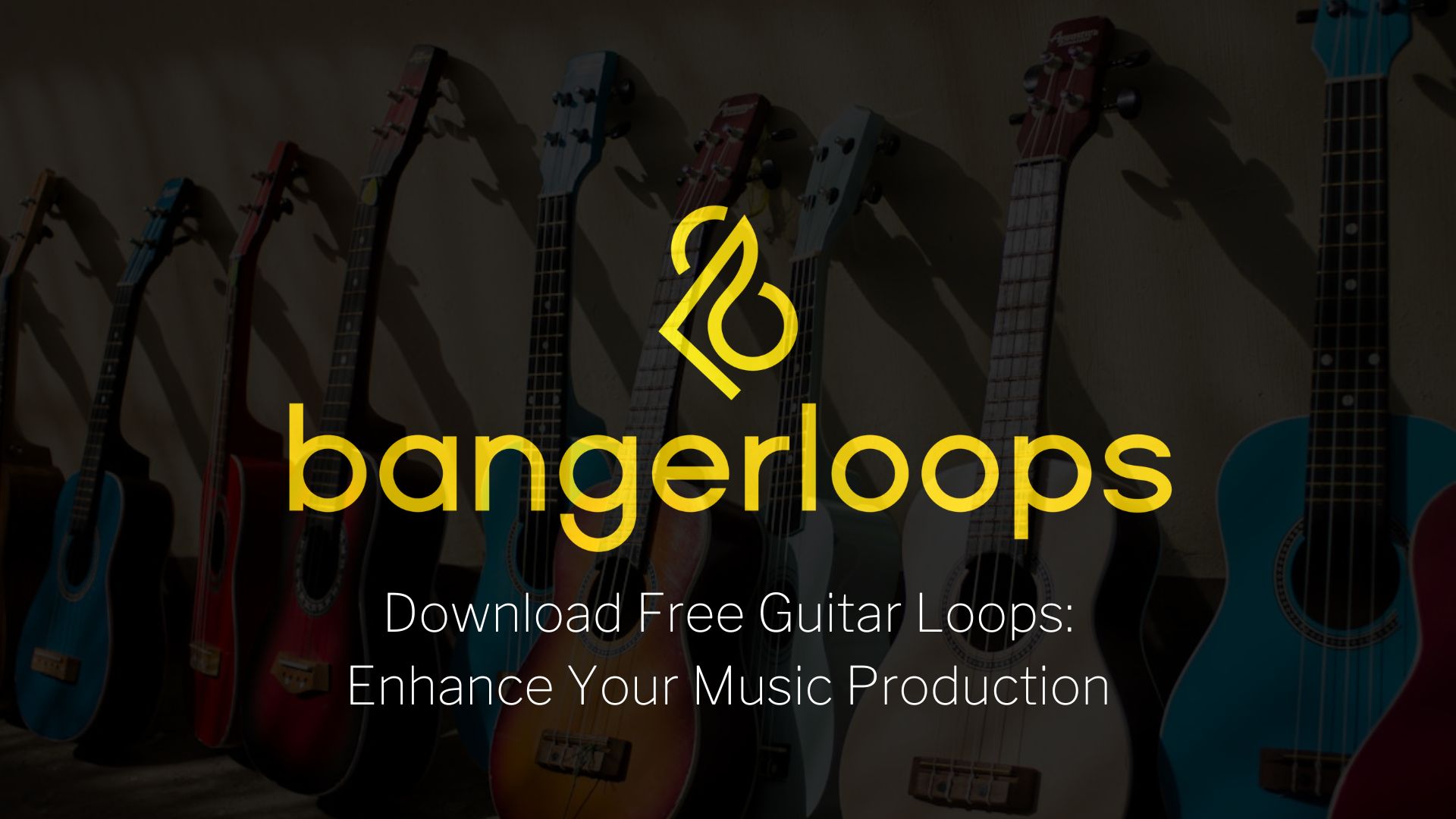In the ever-evolving landscape of music production, finding the right sample packs for sampling can be the difference between a breakthrough track and an amateur-sounding beat. Whether you’re creating hip-hop bangers, electronic dance anthems, or experimental compositions, the quality and character of your samples fundamentally shape your sonic signature.
Table of Contents
The art of sample packs for sampling has transformed dramatically since the early days of vinyl digging. Today’s producers have unprecedented access to meticulously crafted collections spanning every imaginable genre and mood. But with this abundance comes a challenge: identifying which sample packs for sampling truly deserve a place in your production arsenal.
As music technology continues to advance, understanding the power of loops in music production becomes essential for producers looking to maximize their creative workflow. Quality samples serve as both inspiration and foundation for tracks that connect with audiences.
This comprehensive guide will walk you through the best sample packs for sampling in 2025, covering everything from genre-specific collections to versatile multi-purpose libraries. We’ll explore not just what sounds good, but what works effectively in different production contexts, helping you make informed decisions that elevate your music to professional standards.
Understanding Sample Packs: The Foundation of Modern Production
Before diving into specific recommendations, it’s crucial to understand what makes sample packs for sampling valuable in today’s production landscape. Unlike the early days where producers were limited to vinyl samples or hardware recordings, modern sample packs for sampling offer unprecedented sonic quality, flexibility, and legal clarity.

The best sample packs for sampling typically include:
- Audio loops (drum breaks, instrument phrases, atmospheric textures)
- One-shot samples (individual drum hits, instrument notes, sound effects)
- MIDI files (melodic patterns, chord progressions, rhythmic sequences)
- Processing presets (complementary effects chains designed for the samples)
- Documentation (tempo, key information, usage suggestions)
When selecting sample packs for sampling, production quality should be your primary consideration. Professional-grade samples require minimal processing to sit well in a mix, saving valuable production time and maintaining sonic integrity. As highlighted in guides for tips for using banger loops sample packs, properly recorded and processed samples can immediately elevate your productions.
The Evolution of Sampling Culture
Sampling has undergone a fascinating evolution from its origins in early hip-hop to becoming a cornerstone technique across virtually all electronic music genres. The philosophy behind sample packs for sampling has similarly transformed:
1970s-1980s: DJs and producers physically cut and splice tape recordings or sample vinyl breaks 1990s: Hardware samplers like the Akai MPC revolutionize workflow but with severe memory limitations 2000s: Digital audio workstations make sampling accessible with expanded capabilities 2010s: Commercial sample libraries become industry standard with specific focus on genre authenticity 2020s: AI-assisted sample creation and ultra-specialized micro-genre sample packs for sampling emerge
“The sample is no longer just source material; it’s become an instrument unto itself. Today’s producers aren’t just looking for sounds—they’re seeking specific textures and characters that define genres.” – Rick Rubin, Legendary Producer
This evolution has created an environment where sample packs for sampling aren’t merely convenience tools but essential artistic resources that help define musical movements and production aesthetics.
Genre-Specific Sample Packs: Finding Your Sound
When searching for the perfect sample packs for sampling, genre specialization often yields the most authentic results. Let’s explore standout collections across several popular genres:

Hip-Hop and Trap Sample Packs
Hip-hop production relies heavily on sample packs for sampling that capture both vintage character and modern punch. The Jersey Club Sample Packs demonstrate how regional styles can influence broader production trends with their distinctive drum patterns and vocal chops.
Top hip-hop and trap sample packs for sampling include:
- Splice Originals: Crate Digging – Meticulously recorded samples with authentic vinyl texture
- DrumBroker Trap Essentials – Industry-standard 808s and trap percussion
- The Kount’s Dusty Loops – Jazz-influenced melodic samples with vintage character
- Illmind Blap Kits – Grammy-winning producer’s signature percussion and instruments
- Native Instruments Maschine Expansions – Comprehensive drum kits with matching instruments
The emergence of subgenres like Orchestrap has further expanded the sonic palette for hip-hop producers, blending classical orchestration with contemporary beat structures.
Electronic and Dance Sample Packs
For electronic music producers, sample packs for sampling typically focus on cutting-edge sound design and club-ready elements. The best collections offer both inspirational starting points and functional components:
| Sample Pack | Genre Focus | Key Features | Price Range |
|---|---|---|---|
| Loopmasters Black Octopus | Bass Music | Advanced sound design, heavy processing | $30-60 |
| KSHMR Sounds of KSHMR | EDM/Big Room | Festival-ready synths and impacts | $50-100 |
| Vengeance Essential Series | House/Techno | Club-standard drums and effects | $40-90 |
| Samplephonics Future Bass | Future Bass | Emotive chord progressions, vocal chops | $30-70 |
| Ghost Syndicate Dark Techno | Techno | Atmospheric textures, industrial percussion | $25-50 |
The Amapiano Sample Pack demonstrates how regional electronic styles can provide fresh inspiration for producers worldwide, offering distinctive log drums and atmospheric elements that define this South African genre.
World and Ethnic Sample Collections
For producers seeking authentic global sounds, specialized sample packs for sampling offer meticulously recorded traditional instruments that would be otherwise inaccessible:
Pros:
- Authentic performances by traditional musicians
- Rare instruments difficult to sample independently
- Cultural context and appropriate performance techniques
- Pre-cleared for commercial use
- Often recorded in native environments
Cons:
- Sometimes limited pattern variations
- Can require cultural sensitivity in usage
- May need additional processing to fit in modern productions
- Higher price point than synthetic alternatives
- Can be difficult to modify authentically
The Zafrir’s World Instruments collection represents the gold standard in this category, offering carefully sampled instruments that maintain their cultural integrity while integrating seamlessly into contemporary productions.
Multi-Purpose Sample Libraries: Versatility Meets Quality
While genre-specific sample packs for sampling excel in authenticity, multi-purpose libraries offer exceptional versatility for producers working across multiple styles. These comprehensive collections serve as one-stop resources for diverse production needs.

The Powerhouse Collections
Several industry-standard sample packs for sampling have earned their reputation through consistent quality and comprehensive coverage:
Output’s Signal and Portal – This revolutionary approach to sample packs for sampling integrates with a custom engine for unprecedented manipulation possibilities. The Output’s Co-Producer Suite demonstrates how modern sampling tools are evolving beyond simple audio files into interactive instruments.
Splice Sounds Subscription – Rather than a single pack, this service offers access to millions of royalty-free samples with advanced search capabilities, making it a cornerstone resource for sample packs for sampling across all genres.
Native Instruments Komplete – While primarily known for virtual instruments, the included Kontakt factory library contains thousands of meticulously sampled instruments that function effectively as sample packs for sampling when exported as audio.
UJam Beat Maker Series – This collection bridges the gap between virtual instruments and traditional sample packs for sampling by providing genre-authentic patterns with deep customization options.
Specialized Sound Design Collections
For producers seeking unique textures and atmospheres, specialized sound design sample packs for sampling focus on creating distinctive sonic landscapes:
- Heavyocity Damage – Cinematic percussion and designed impacts
- Sample Magic Ambient Textures – Evolving pads and atmospheric beds
- Glitchmachines Fragments – Experimental digital artifacts and textures
- Epic Stock Media Environmental – Field recordings and natural soundscapes
- Slate + Ash Auras – Granular instrument explorations and evolving textures
These collections excel at providing the unique sonic elements that help productions stand out in crowded streaming platforms.
Free Sample Packs: Quality on a Budget
Not all excellent sample packs for sampling require significant investment. Many high-quality free options provide exceptional starting points for producers on limited budgets.
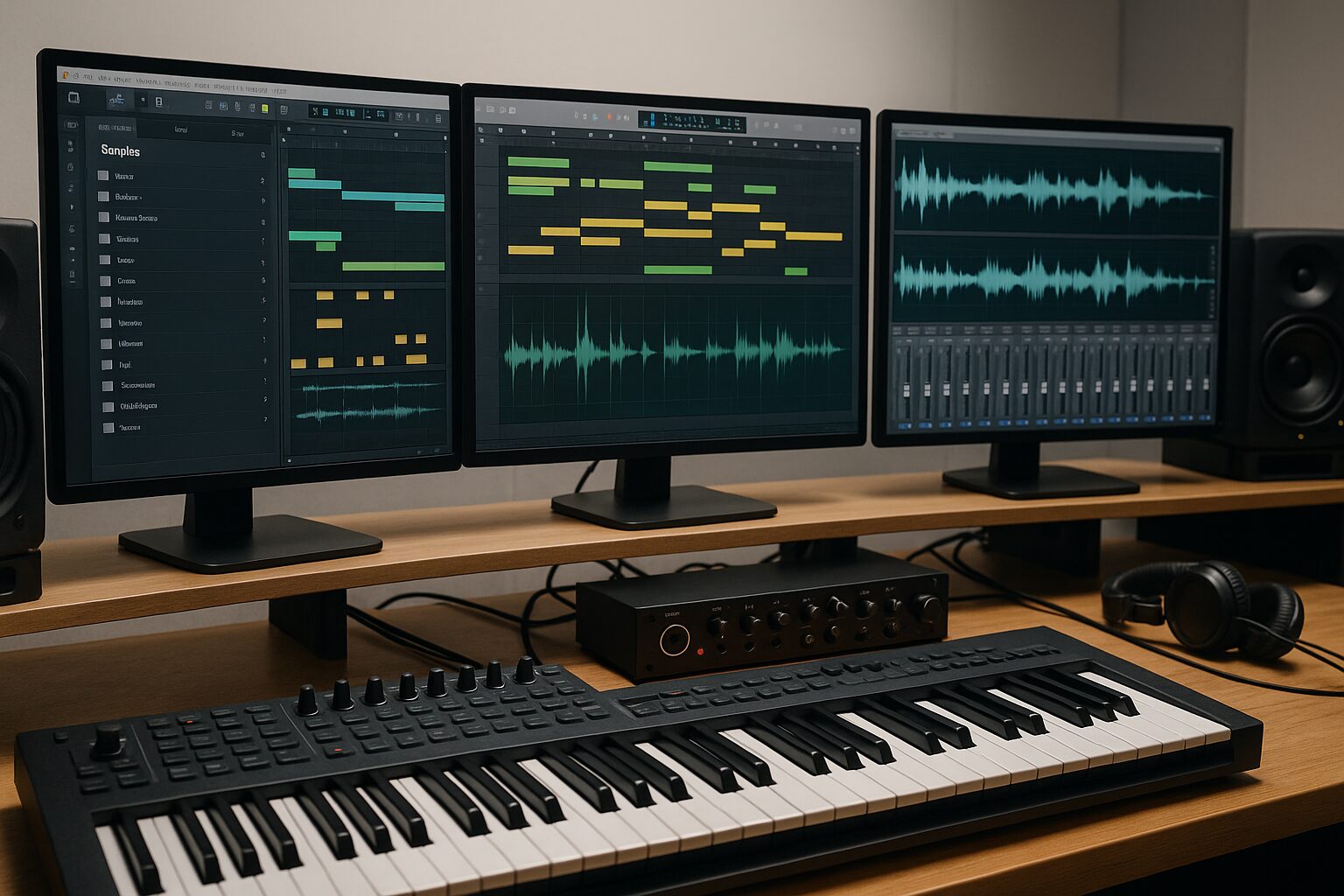
Top Free Sample Resources
Several platforms offer legitimately free sample packs for sampling with commercial clearance:
- Cymatics Free Packs – Regular releases across multiple genres
- Splice Free Samples – Rotating selection from premium packs
- r/Drumkits Subreddit – Community-shared resources (requires careful licensing verification)
- Producer’s plug community packs – Collaborative collections from emerging producers
- Official artist sample competitions – Promotional packs from established producers
The quality of free sample packs for sampling has improved dramatically in recent years, with many serving as promotional tools for premium collections. The 3GB of free loops and sample packs represents one of the most comprehensive royalty-free resources currently available.
Evaluating Free vs. Premium Options
When deciding between free and premium sample packs for sampling, consider these factors:
| Factor | Free Sample Packs | Premium Sample Packs |
|---|---|---|
| Sound Quality | Variable, often compressed | Consistently high-resolution |
| Uniqueness | Widely used, recognizable | More exclusive, distinctive |
| Organization | Often minimal metadata | Comprehensive tagging systems |
| Legal Clarity | Sometimes ambiguous | Clear commercial licenses |
| Support Resources | Limited or none | Often includes tutorials/presets |
| Quantity | Typically smaller collections | Comprehensive libraries |
| Updates | Rarely updated | Often expanded with new content |
“It’s not about how many samples you have, but how creatively you use what’s available. Some of my biggest tracks started with free samples transformed through thoughtful processing.” – Flume, Grammy-winning Producer
The key to effectively using free sample packs for sampling lies in creative processing and transformation, turning common materials into distinctive sounds.
Professional Tips for Working with Sample Packs
Success with sample packs for sampling requires more than just collecting sounds—it demands strategic workflow practices that maximize creative potential while maintaining originality.
Building Your Personal Sample Library
Organizing your sample packs for sampling collection should be approached methodically:
- Consistent Folder Structure – Categorize by instrument type, genre, and emotional quality
- Sample Auditioning System – Develop a quick-reference rating system for favorite samples
- Regular Clean-up Sessions – Remove unused or redundant material quarterly
- Backup Protocol – Maintain cloud and physical backups of your curated collection
- Metadata Enhancement – Add tags and descriptors beyond what came with original packs
Definition Box: Sample Library Curation: The systematic process of collecting, organizing, and maintaining sample packs for sampling to maximize workflow efficiency and creative potential while eliminating decision paralysis from excessive options.
Advanced Sampling Techniques
Expert producers employ these techniques to transform sample packs for sampling into unique compositions:
Step 1: Sample Selection and Preparation
Begin by auditioning sample packs for sampling with your project tempo and key in mind. Look for samples that inspire immediate musical ideas rather than simply sounding good in isolation.
Step 2: Creative Transformation
Apply processing that fundamentally changes the character of samples. Techniques include:
- Extreme time-stretching for textural evolution
- Pitch-shifting beyond recognition
- Reversing and chopping for rhythmic reinvention
- Convolution with environmental impulse responses
- Resampling through analog chains for character
Step 3: Contextual Placement
Rather than using samples as obvious focal points, consider them as textural elements within a broader arrangement, allowing them to complement rather than dominate your production.
Step 4: Legal Documentation
Maintain clear records of which sample packs for sampling you’ve used in commercial releases to ensure proper licensing compliance and avoid future complications.
Legal Considerations: Sampling with Confidence
Understanding the legal framework surrounding sample packs for sampling is essential for professional producers. The distinction between different license types can significantly impact how you can use these resources.

Understanding Sample Pack Licenses
Most commercial sample packs for sampling fall into these license categories:
- Royalty-Free – One-time purchase for unlimited use with no additional payments
- Rights-Managed – Usage restrictions based on specific parameters (distribution copies, media types)
- Creative Commons – Various permission levels, often requiring attribution
- Public Domain – Completely unrestricted use with no attribution needed
- Subscription-Based – Ongoing access with continued payment, sometimes with usage tracking
The importance of royalty-free sounds in content creation cannot be overstated, as it provides producers with the legal confidence to commercialize their work without fear of copyright issues.
Avoiding Common Legal Pitfalls
When working with sample packs for sampling, beware of these common licensing misconceptions:
- Assumption of Ownership – Purchasing samples grants usage rights, not copyright ownership
- License Type Confusion – “Royalty-free” doesn’t always mean “free to use” without purchase
- Attribution Requirements – Some packs still require credit in specific formats
- Distribution Limitations – Some licenses restrict distribution of unmodified samples
- Platform-Specific Restrictions – Certain licenses may differ for streaming, physical sales, or sync licensing
For producers interested in distributing their own sample creations, the roadmap to success selling your unique sound kits provides valuable insights into the business aspects of sample creation.
Future Trends in Sampling and Sample Packs
The landscape of sample packs for sampling continues to evolve rapidly, with several emerging trends reshaping how producers discover and use samples.
AI-Generated and Enhanced Samples
Artificial intelligence is revolutionizing sample packs for sampling through:
- Intelligent sample matching to production context
- Style transfer between different sample aesthetics
- Gap-filling sample generation for missing sonic elements
- Automatic sample clearing through style replication
- Custom sample creation based on text prompts
The top free AI music generators represent early examples of how this technology is already influencing sample creation and manipulation.
Blockchain-Verified Sample Ownership
Emerging technologies are addressing traditional sampling challenges:
- Immutable ownership records for sample creators
- Transparent royalty distribution for collaborative sample packs
- Sample marketplaces with automated licensing
- Verifiable usage tracking across streaming platforms
- Smart contracts for complex sample licensing arrangements
Leading industry platforms like Splice Sounds have revolutionized how producers discover and utilize samples through subscription models and advanced search capabilities. Their approach to licensing and distribution represents the current gold standard for sample marketplace design, with features that ensure both creator compensation and user convenience.
As the industry evolves, understanding technologies like AI mixing will become increasingly important for producers wanting to stay ahead of trends in sample packs for sampling.
Frequently Asked Questions
Q: What should I look for when purchasing sample packs for sampling?
A: When evaluating sample packs for sampling, prioritize audio quality (24-bit/48kHz minimum), comprehensive licensing documentation, genre authenticity, uniqueness compared to your existing library, and organizational metadata. The best sample packs for sampling offer not just sounds but inspiration through thoughtfully designed collections.
Q: Are genre-specific or multi-purpose sample packs better for beginners?
A: Beginners typically benefit most from starting with 1-2 high-quality genre-specific sample packs for sampling that align with their primary production style, then gradually expanding to multi-purpose collections. This approach prevents overwhelm while providing focused, genre-authentic materials to learn with.
Q: How can I create original music when using commercial sample packs for sampling?
A: Originality when using sample packs for sampling comes through creative processing, contextual placement, thoughtful combination of diverse sources, and using samples as starting points rather than finished elements. The most innovative producers often transform recognizable samples beyond recognition through careful processing chains.
Q: What’s the difference between royalty-free and copyright-free sample packs?
A: Royalty-free sample packs for sampling require a one-time purchase but allow unlimited usage without additional payments. Copyright-free (public domain) samples require no purchase and have no usage restrictions. Most commercial sample packs are royalty-free but not copyright-free, requiring initial purchase before unlimited use.
Q: How many sample packs do professional producers typically use?
A: Professional producers typically maintain a curated collection of 5-15 core sample packs for sampling that define their signature sound, supplemented by an expanded library of specialized collections they draw from selectively. Quality and organization matter more than quantity in professional workflows.
Q: Can samples from different packs be combined in one project?
A: Yes, combining samples from different sample packs for sampling is standard practice, provided each pack’s license permits commercial use. The art of sample blending—layering drums from one pack with melodies from another—is fundamental to creating distinctive productions that transcend recognizable source material.
Q: Do I need to credit sample pack creators in my releases?
A: Most commercial sample packs for sampling don’t require specific crediting in releases, but always verify the specific license terms. Some free or promotional packs may have attribution requirements, while premium packs typically only require the initial purchase without additional credits in your music.
Q: What’s the best way to organize a growing sample collection?
A: Organize growing sample packs for sampling collections through consistent folder hierarchies (instrument→type→character), tagging systems using your DAW’s browser, regular auditing to remove unused content, and creating personalized “favorites” collections of your most-used samples across different packs.
Conclusion: Building Your Ideal Sample Collection
Finding the right sample packs for sampling is ultimately a personal journey that evolves with your production style and artistic vision. Rather than accumulating endless libraries, focus on curating a thoughtful collection that genuinely inspires your creativity and supports your workflow.
The best approach combines strategic investment in premium sample packs for sampling that define your core sound, supplemented by free resources for experimentation. Remember that the most valuable samples aren’t necessarily the most expensive—they’re the ones that consistently inspire your best work.
As you develop your production skills, your relationship with sample packs for sampling will evolve from simple sound sources to sophisticated creative tools. By understanding both the technical and artistic dimensions of sampling, you’ll unlock new creative possibilities that elevate your productions to professional standards.
Whether you’re crafting chart-topping beats or experimental soundscapes, the right sample packs for sampling aren’t just products—they’re creative partnerships that help translate your musical vision into reality.

